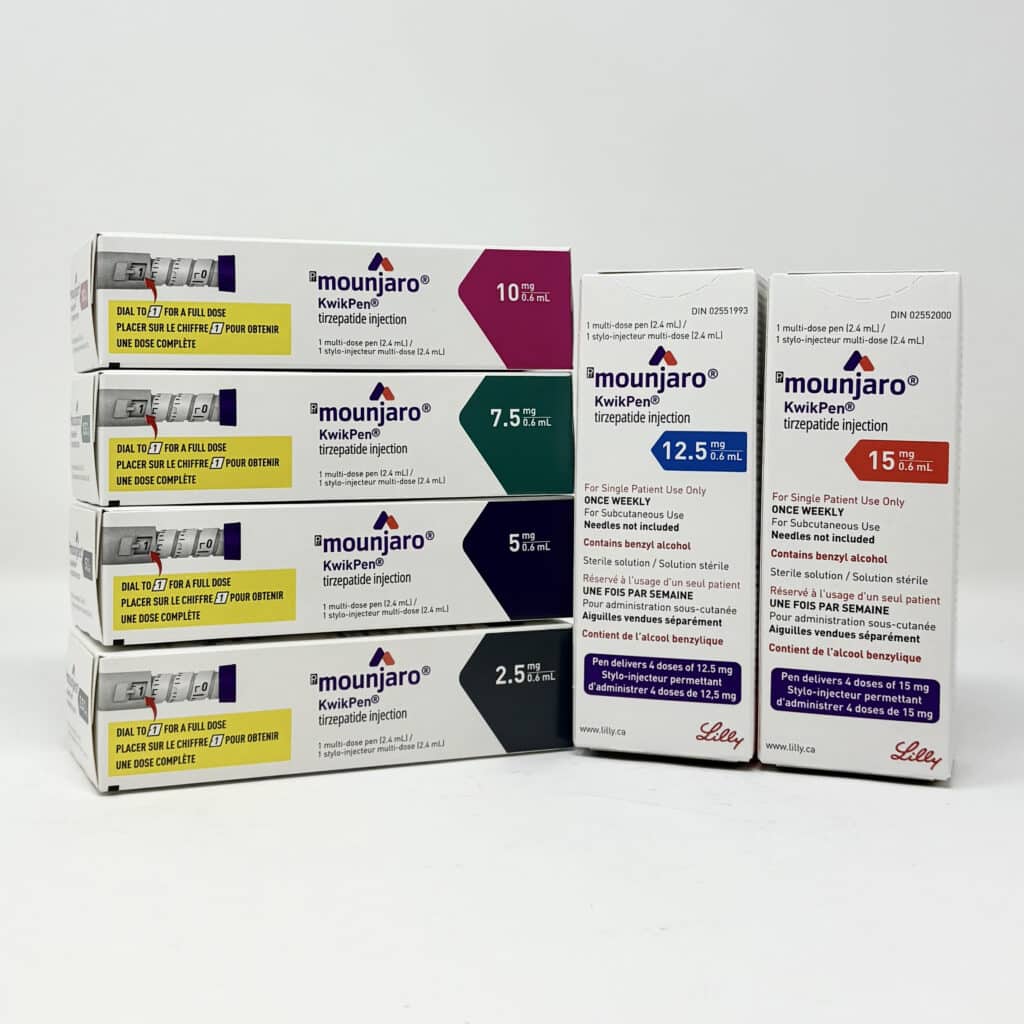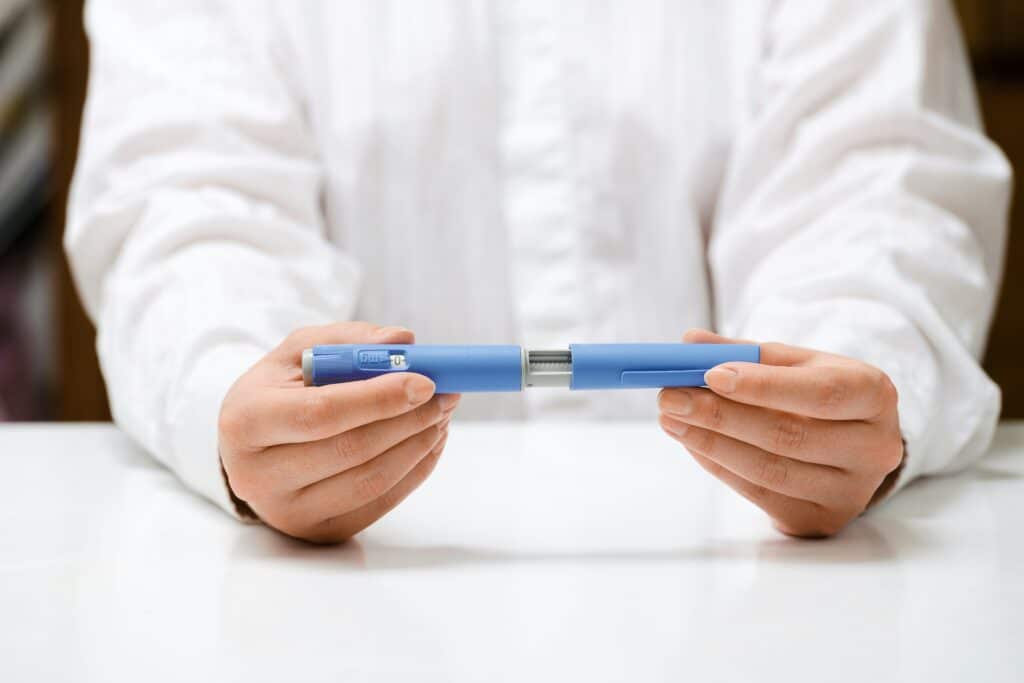- patients with persistent GI side effects at 2.5 mg despite standard measures
- people who just increased dose and need a short “bridge” at lower exposure
- older adults or those with GI comorbidities where a gentler start makes sense
- individuals testing whether a small weekly amount can maintain results after reaching a goal.
Safety guardrails that matter
- don’t self-adjust—get a written plan that specifies the weekly amount, for how long, and when to re-escalate
- respect device rules—do not exceed labeled in-use time or the four-dose limit for multi-dose pens, and don’t use past expiry
- keep technique safe—never share supplies; store and handle per label; for vials, use clinic-approved syringes/needles and training
- know your “call the clinic” triggers—persistent vomiting, dehydration, severe abdominal pain, signs of hypoglycemia, or any concerning symptoms
- schedule follow-up—reassess outcomes at 2–4 weeks to confirm the dose is doing what you need
Cost without cutting corners
If cost is the driver, consider these safer first-line approaches with your clinician:
- slower titration while staying on labeled steps
- using the pen strength that matches the intended weekly dose (rather than manipulating the device)
- manufacturer assistance, insurance navigation, or Canadian pricing via a legitimate referral service with your valid prescription
Remember: a very low dose that doesn’t control glucose or appetite may be a false economy. The goal is sustainable results you can tolerate.
FAQs
Does 1.25 mg work as maintenance?
Sometimes, for some people, but only if objective and subjective markers stay on track. If weight or glycemia worsens, re-escalation is usually needed.
Is 1.25 mg safer than 2.5 mg?
Lower exposure often means fewer side effects, but it can also mean less benefit. Safety is about the right dose for your health targets, not simply “lower is safer.”
Can my doctor tell me how many “clicks” equal 1.25 mg?
If your clinician chooses this off-label approach for a specific multi-dose pen, they must provide the exact number for that device and a written plan. Do not guess or extrapolate.
Are vials better for tiny doses?
Vials can allow precise small volumes under clinician supervision. They require correct technique, supplies, and strict adherence to storage and sterility.
Can I use my U.S. prescription to buy from Canada?
Yes, many Americans use licensed Canadian options with a valid U.S. prescription. Keep your prescriber involved and follow all device rules. You can upload an Rx at https://overthebordermeds.com/upload-prescription-document/ or have your clinic send it in.
Bottom line
Ultra-low tirzepatide doses like 1.25 mg can be a useful tool in select cases, typically short-term for tolerability, or as a clinician-supervised experiment to find a minimum effective dose. They are off-label and require clear instructions, close follow-up, and strict respect for device expiry and discard rules. If you’re considering this path, partner closely with your prescriber to protect both your comfort and your results.


